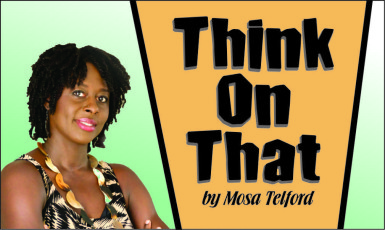 This week, the Caribbean Summit on Youth Violence Prevention was held here in Guyana at the Marriott Hotel. The summit, co-convened by the United States Agency for International Development’s Eastern and Southern Caribbean’s Mission (USAID/ESC), in partnership with UNICEF, the Caribbean Development Bank, the Commonwealth Secretariat, the Organisation of Eastern Caribbean States Commission, the CARICOM Secretariat and the Caribbean Learning for Youth Networking and Change Sessions (LYNCS) Network, sought to produce a working draft of an Advocacy and Action Agenda for Youth Violence Prevention. It saw the participation of representatives from various parts of the Caribbean, who shared experiences, discussed truths about youth violence and crime, highlighted programmes that are being developed or are already in place, and explored additional solutions.
This week, the Caribbean Summit on Youth Violence Prevention was held here in Guyana at the Marriott Hotel. The summit, co-convened by the United States Agency for International Development’s Eastern and Southern Caribbean’s Mission (USAID/ESC), in partnership with UNICEF, the Caribbean Development Bank, the Commonwealth Secretariat, the Organisation of Eastern Caribbean States Commission, the CARICOM Secretariat and the Caribbean Learning for Youth Networking and Change Sessions (LYNCS) Network, sought to produce a working draft of an Advocacy and Action Agenda for Youth Violence Prevention. It saw the participation of representatives from various parts of the Caribbean, who shared experiences, discussed truths about youth violence and crime, highlighted programmes that are being developed or are already in place, and explored additional solutions.
In the package received by attendees, there was a booklet, titled ‘Creating a Culture of Peace.’ Creating a culture of peace is a world agenda. We have seen wars, slavery and genocides – mankind’s depravity has often resulted in self-destruction. Still, we survive and often it is those past violent experiences that remind us to stay cognisant of what can recur and motivates us to combat the current threats to peace.
Our survival and the holistic health (physical and psychological) of future generations rest on the shoulders of the youth. They are open to be shaped by the dominant factors in their lives and are candidates to lead the revolution of change to create a better world. But what hope is there if a large percentage of the youth are lost in the cycle of violence? So, certainly, peace will not be possible without engaging the youth.
